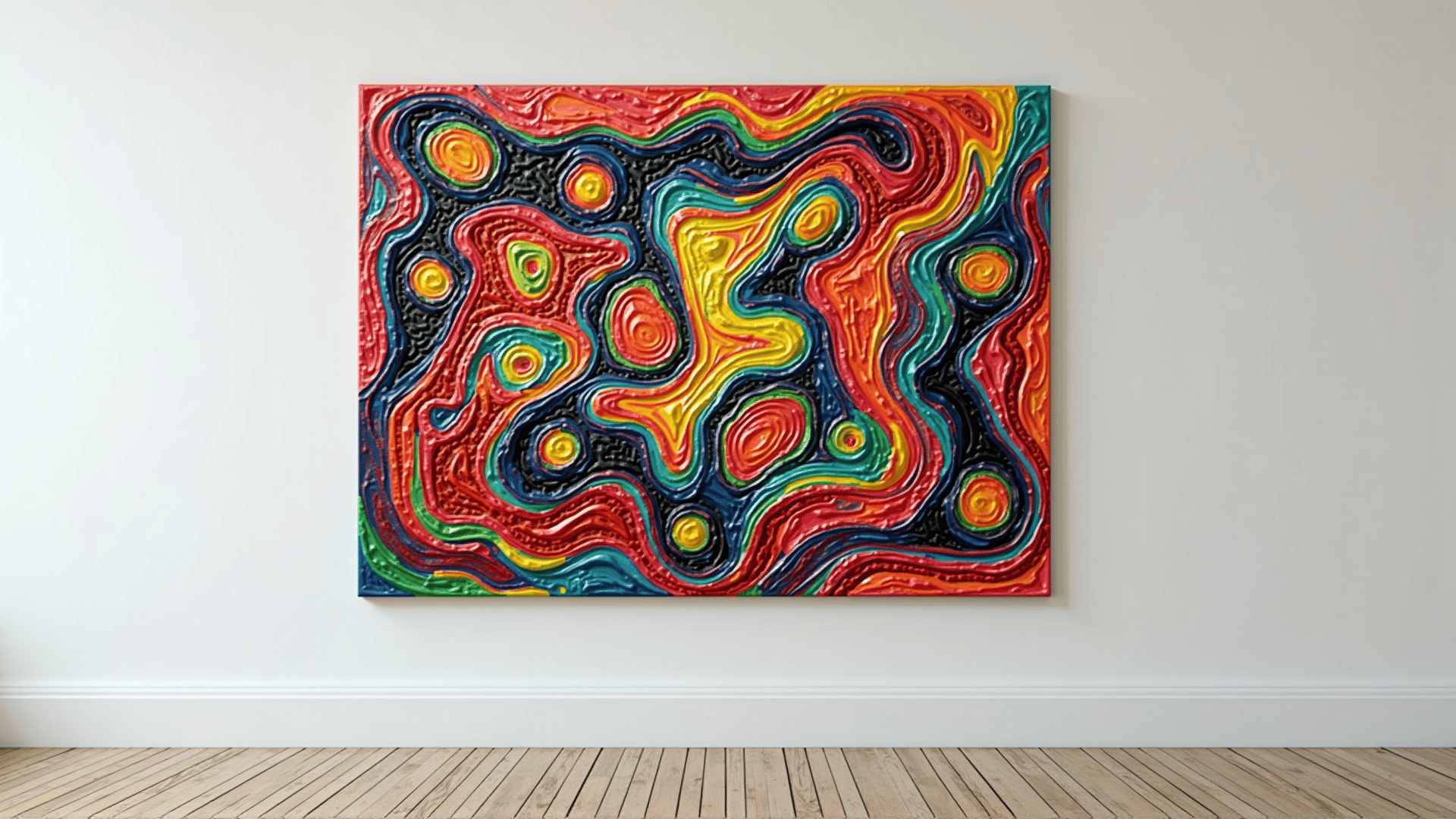In recent years, the world of art has seen a dynamic resurgence of abstraction, a style that casts aside the literal to embrace the ambiguous, allowing both artists and viewers to engage in a unique conversation of forms, colors, and emotions. This modern trend is not just a nod to the rich history of abstract art from the early 20th century but also a vibrant evolution that invites individual interpretation and emotional connection in an increasingly complex world.
Abstraction in art has long served as a conduit for freedom of expression. Unlike representational art, which aims to depict reality as it is, abstract art encourages artists to convey their ideas unfettered by the confines of recognizable form. This approach provides a vast, open canvas on which anything is possible. By focusing on elements such as line, shape, and color, artists can delve into themes of spirituality, chaos, harmony, and internal landscapes, often reflecting the multifaceted nature of human experience.
One of the most compelling aspects of contemporary abstraction is its capacity to foster personal interpretation. When faced with an abstract piece, viewers are invited to embark on a journey of discovery. Each individual interaction with the artwork can result in a unique interpretation, influenced by personal history, emotions, and perceptions. This democratization of meaning not only empowers the observer but also makes art an interactive and evolving experience. The painting or sculpture becomes a mirror, reflecting back not just the artist's intent, but the viewer's own thoughts, feelings, and experiences.
The current trend of abstraction can also be seen as a response to the complexity and chaos of modern life. In a world inundated with information and increasingly driven by technology, abstract art offers a sanctuary of simplicity and introspection. It beckons viewers to pause, to reflect, and to find meaning in the seemingly random. This reflective pause is vital in a fast-paced world, providing a moment of mindfulness amid the noise.
Moreover, abstraction has proven to be a versatile trend that transcends cultures and disciplines. Its rise can be observed not just in traditional painting and sculpture, but also in digital art, installations, and multimedia projects. This cross-disciplinary appeal underscores abstraction's ability to adapt and thrive in the digital age, engaging a new generation of artists and audiences in unfamiliar and exciting ways.
In educational settings, the resurgence of abstraction is fostering fresh discussions about the role and value of art in society. Art schools and programs are increasingly emphasizing the importance of abstract methodologies, challenging students to think beyond the representational and explore new realms of creativity. This shift not only enhances students' technical skills but also enriches their capacity for critical thinking and emotional intelligence.
As we embrace this modern trend, it becomes evident that abstraction is more than a mere artistic style; it is a language, a way of seeing and interacting with the world. It encourages us to question, to feel, to interpret, and to appreciate the inherent beauty of the uncertain. Through abstraction, art becomes a dialogue, a living organism that evolves alongside us, continually inviting us to explore deeper truths. As such, abstraction remains a vital and enduring part of the artistic landscape, promising to inspire and challenge us for decades to come.
